加工and CNC machining: core technologies and applications for modern manufacturing
From aerospace to automotive manufacturing, from precision medical devices to everyday electronics, machining technology is the cornerstone that underpins modern industrial development.
In today’s increasingly competitive global manufacturing environment, machining technology, especially the advancement of CNC machining, is profoundly changing the production mode and quality accuracy of products. Whether it is mass production or customised small batch processing, mastering advanced machining technology has become the key to maintain the competitive advantage of manufacturing enterprises.
Fundamentals of machining: evolution from tradition to modernity
Machining is a process of changing the external dimensions or properties of a workpiece using processing machinery. According to the temperature state of the workpiece being machined, it is divided into cold machining and hot machining.
Cold working refers to processing at room temperature, and does not cause chemical or physical changes in the workpiece, can be divided into cutting and pressure processing. Hot work is common heat treatment, forging, casting and welding, usually above or below room temperature state of processing, will cause chemical or physical phase changes in the workpiece.
Machining in a broad sense refers to any process that can be used to manufacture products by mechanical means; machining in a narrow sense refers to the process of making parts with specialised machinery and equipment such as lathes, milling machines, drilling machines, grinding machines, stamping presses, die-casting machines, and so on.
With the development of computer technology, CNC machining technology has become the core of modern machining, through the computer programme control of automated machining methods, significantly improve the processing accuracy and efficiency.
The core benefits of CNC machining: why it’s the modern manufacturing industry’s first choice
1. Precise control to ensure machining accuracy
The core of CNC machining lies in the precise control of the machine tool’s trajectory through a computer programme. The operator only needs to input the machining parameters of the parts, tool paths, etc. into the control system, and the machine can automatically complete the cutting, drilling, milling and other processes according to the preset instructions.
This digital control completely gets rid of the traditional machining’s over-reliance on manual operation experience and avoids dimensional deviations caused by human factors. Whether it is a tiny shaft part or a complex box component, CNC machining ensures that every dimension is strictly in accordance with the design requirements.
2. Complex structures, easily machined
Hardware and mechanical precision parts often have complex geometries, such as curved surfaces, threads, shaped holes and so on. When facing these structures, traditional machining methods require multiple clamping and tool changes, which is not only inefficient, but also prone to cumulative errors due to multiple positioning.
CNC machining, on the other hand, can complete multi-surface machining in a single clamping through multi-axis linkage technology. For example, a five-axis CNC machine can control the movement of a tool in five directions simultaneously, making it easy to machine complex surfaces that are difficult to achieve with traditional methods.
3. Efficient production, guaranteeing batch manufacturing quality
In the manufacturing industry, mass production of parts is the norm. CNC machining can quickly generate multiple machining instructions for the same parts through the program copy function to achieve standardised, large-scale production.
Compared with traditional machining, CNC machining eliminates the need to adjust the machine tool individually for each part, greatly reducing production lead time. At the same time, because the machining process is automatically controlled by the computer, the same batch of parts is extremely high in dimensional consistency, effectively avoiding the product quality fluctuations caused by the differences in manual operation.![图片[1]-机械加工与数控加工:现代制造业的核心技术与应用(数控加工的核心优势:为何成为现代制造业首选)-大连富泓机械有限公司](https://cndlfh.com/wp-content/uploads/2025/10/QQ20251002-201517.png)
The main processes and technologies of machining
1. Basic classification of cutting processes
加工It is one of the typical machining processes, mainly the use of knives to cut and grind metal. Think of a pencil sharpener and a planer for planing wood. Cutting can be broadly classified into three types of machining: lathe machining (turning), milling, and open hole machining.
Lathe machining (turning): The workpiece is rotated at high speed and brought into contact with the tool to cut the material. Since the workpiece rotates, it is suitable for making cylindrical parts.
Milling: In milling, a fixed workpiece is machined by bringing a high-speed rotating tool into contact with it. The use of tools such as face mills, end mills, slot mills and flat mills enables a variety of processes such as milling of surfaces and scoring of grooves.
Hole drilling (drilling machine): Drilling machines are often thought of as “only drilling”, but in fact, depending on the tools used, they are capable of performing a variety of processes: reaming to improve hole accuracy, boring to expand the inside diameter of the hole, thread tapping, etc.
2. Main modes of mechanical cutting
Mechanical cutting is an important part of machining, which is a material removal process that uses physical force to separate or shape material through direct contact between the cutting tool and the workpiece. The main methods include:
Sawing: represents one of the most common mechanical cutting methods, using a toothed blade to cut the material.
Shear: Cutting a material by applying an opposing force that causes it to break along a predetermined line.
Milling: The removal of material from a workpiece using a rotating multi-point cutting tool.
Turning: Involves rotating the workpiece while using a single-point cutting tool to remove material to create a cylindrical shape.
Drill: A rotary cutting tool called a drill is used to create round holes.
High-speed machining technology: a revolution in efficiency and precision
High-speed machining technology refers to the use of high-speed rotating tools for cutting workpieces to improve machining efficiency and machining quality. With the development of tool materials and machine tool technology, the application of high-speed cutting technology is becoming more and more extensive.
The superiority of high-speed cutting goes far beyond increased productivity, it has a series of significant advantages:
Cutting force is greatly reduced: high-speed cutting cutting force can be reduced by about 30%, for this reason, the use of this technology to process those thin-walled parts is very favourable to reduce the deformation of the parts of the cutting process.
Small temperature rise of the workpiece: Since most of the heat generated during cutting is carried away, the temperature rise of the workpiece is very small, so it is particularly suitable for the machining of parts that are very sensitive to temperature.
High machining surface quality: due to the improvement of the machine structure and high-speed cutting of the excitation frequency increases, so that the excitation frequency away from the intrinsic frequency of the machine tool, often appear “no vibration” cutting state, is conducive to the improvement of the machining surface quality.
Improvement of tool durability: tool durability is improved by about 70% at high speed cutting.
The key to high-speed machining is small cutting volume (lateral step/depth of cut is about 1/3 of conventional machining volume) and high speed (spindle speed/feed rate). The small cutting volume ensures that a high quality surface is obtained, while the high speed ensures that the total machining time does not increase too much due to the reduction of the cutting volume.
Application areas of machining
1. Aerospace
The aerospace field has extremely high requirements for machining technology, which needs to be characterised by high precision, high stability and high efficiency. Machining technology in the aerospace field is mainly applied to the manufacture and processing of key components such as engines, wings and fuselages.
Aviation industry is the main application of high-speed machining industry, some parts on the aircraft in order to improve reliability and reduce costs, the use of the overall manufacturing method, the original multiple riveted or welded parts into a whole solid material manufacturing. Many of these parts for the thin-walled, fine rib structure due to poor stiffness, can not have a large amount of tool eating, so high-speed machining to become the only choice for such parts machining process.
2. In the field of automobile manufacturing
Automotive manufacturing is one of the most widely used fields of machining technology. Machining technology in automotive manufacturing is mainly applied to the manufacture and processing of key components such as engines, transmissions, chassis and so on.
The current automotive product diversification, automotive products are changing more and more quickly, product diversity, from the original single workpiece mass production into a variety of workpieces of their respective smaller batches superimposed into the mass production. Therefore, for many years in the automotive manufacturing industry dominated the combination of machine tools (special machine) production line has been unable to meet the automotive industry’s rapid renewal of the real needs.
3. Mould industry
In the mould and die industry, high-speed machining adopts the typical high speed, multi-speed feed, low cutting amount of processing methods, because it can replace the traditional grinding, EDM and finishing processing, both in reducing the processing preparation time, shorten the process, or shorten the cutting time to improve productivity have great advantages.
4. Precision manufacturing
In the manufacture of precision machinery or optical instruments, dimensional accuracy, processing stability and other requirements are often high, the use of high-speed machining excitation frequency is high, smooth work is easy to obtain high dimensional accuracy.
Trends in machining technology
1. Continuing advances in CNC machining technology
CNC machining technology refers to the automation and intelligent processing through computer control and digital programming. CNC machining technology can greatly improve processing efficiency and processing quality, is an important development direction of modern machining technology.
With the development of artificial intelligence technology, the field of CNC machining is experiencing a new round of change. the emergence of AI-CNC full-process unmanned CNC machining large model technology demonstrates the cutting-edge progress of industrial mother machine intelligence.
2. Composite processing technology is the way forward
Composite machining technology refers to a variety of processing methods integrated together to achieve a one-time completion of multiple processing procedures processing technology. Composite processing technology can greatly improve processing efficiency and processing quality, is another important development direction of modern machining technology.
3. Growing importance of green manufacturing technologies
Green manufacturing technology refers to minimising the impact on the environment and the consumption of resources under the premise of ensuring product quality and performance. With the increasing awareness of environmental protection, green manufacturing technology will become an important development direction for future machining technology.
4. High-speed machining costs are gradually decreasing
CNC High Speed MachiningThe popularisation and application of the technology is limited by the economic constraints High-speed cutting machine tools are expensive, with high requirements for cutting performance, precision and dynamic balance of the tools, greater investment in fixed assets and high tool costs. However, with the popularity and maturity of the technology, the cost of high-speed machining is being reduced, which will strongly promote the popularity of high-speed machining.
With the continuous emergence of new materials, new processes and new technologies, machining technology is moving towards the direction of more high-speed, more precise, more intelligent and more environmentally friendly. Regardless of the size of the enterprise, grasp the development trend of machining technology, early layout of intelligent upgrading, will occupy the first opportunity in the new round of industrial revolution.
For enterprises requiring machining services, choosing a partner with advanced CNC machining equipment, rich experience and technical team will be a key decision to ensure product quality and enhance market competitiveness.

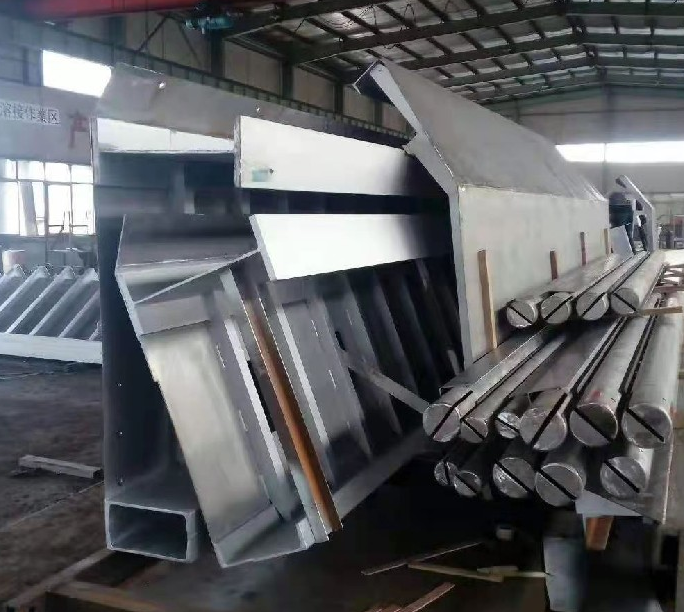


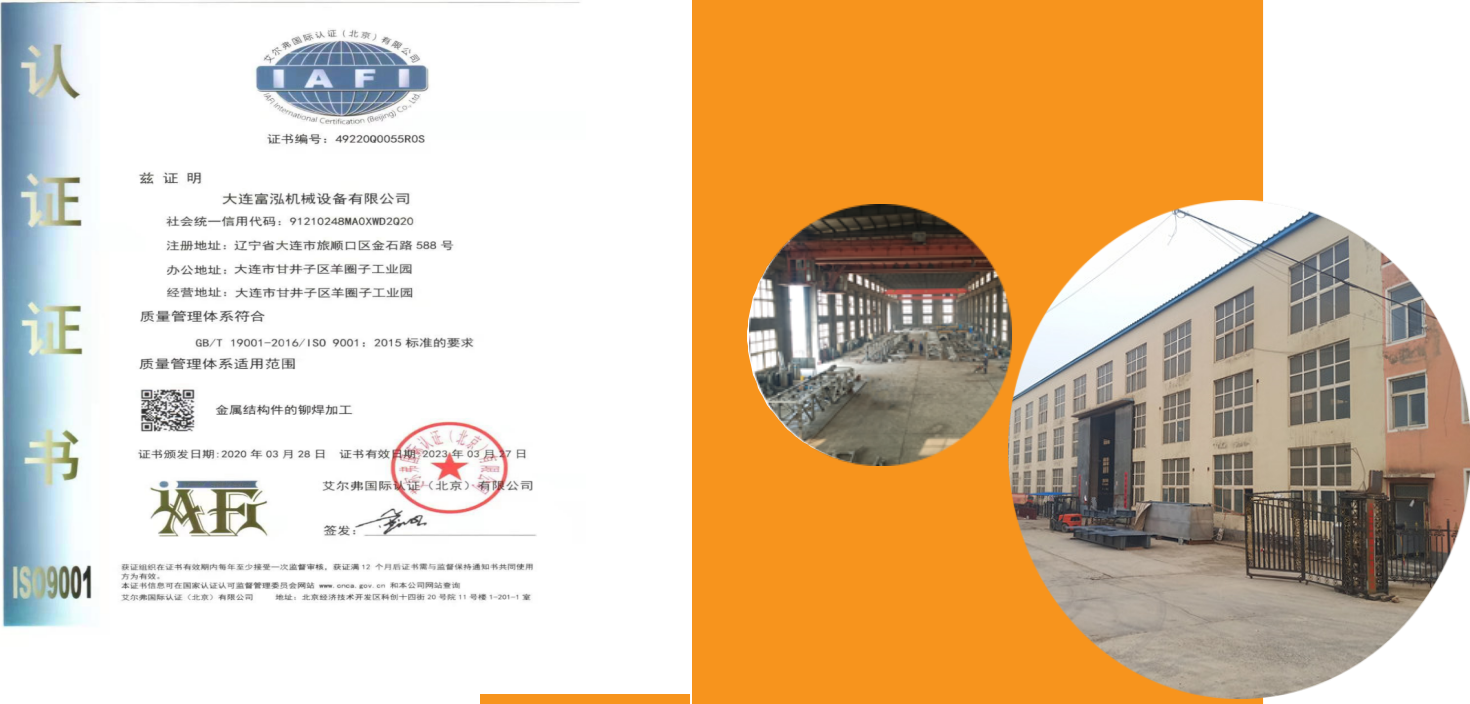
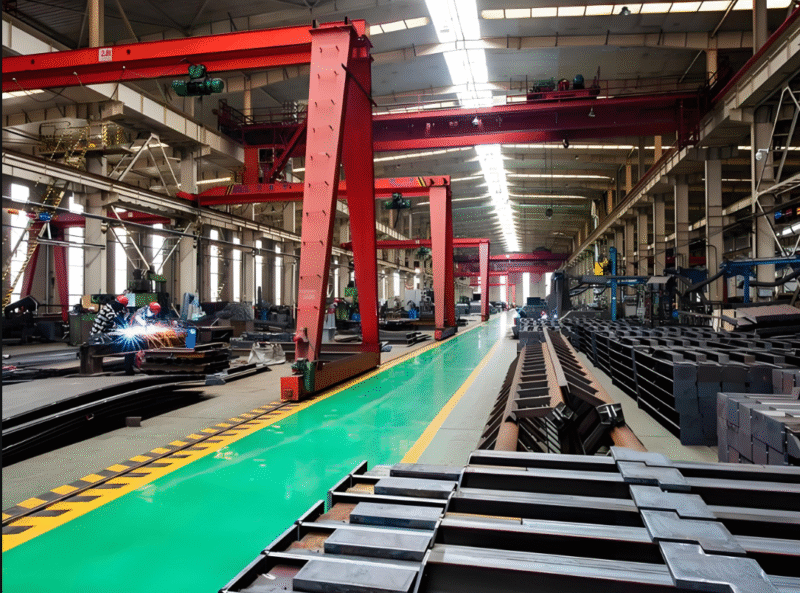

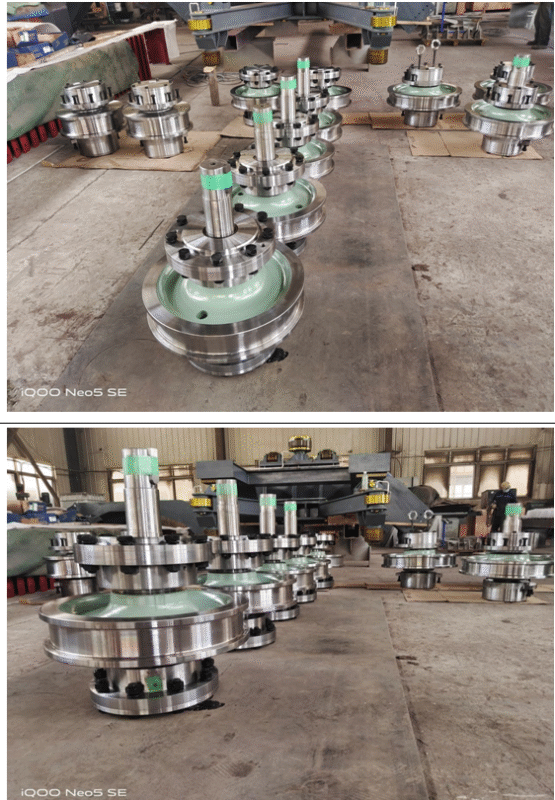
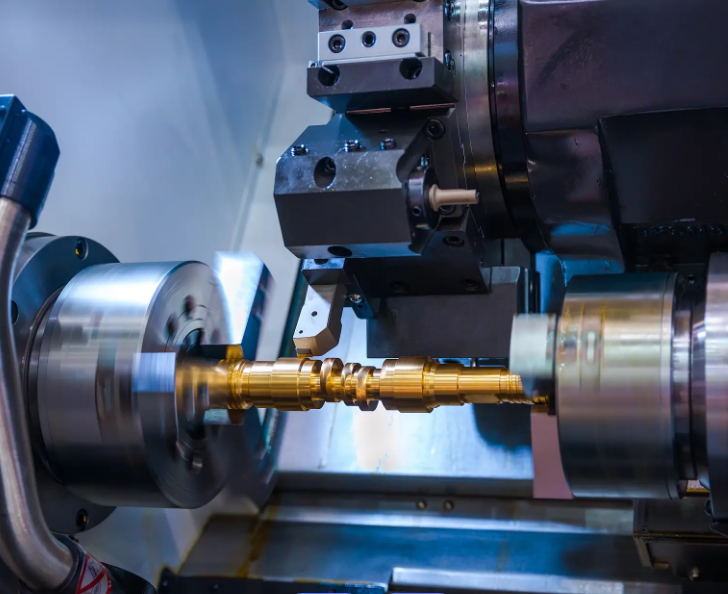
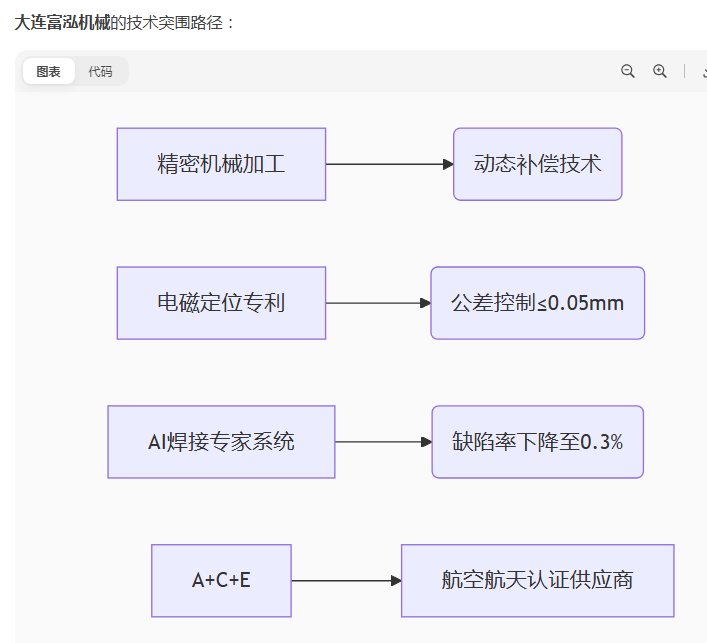
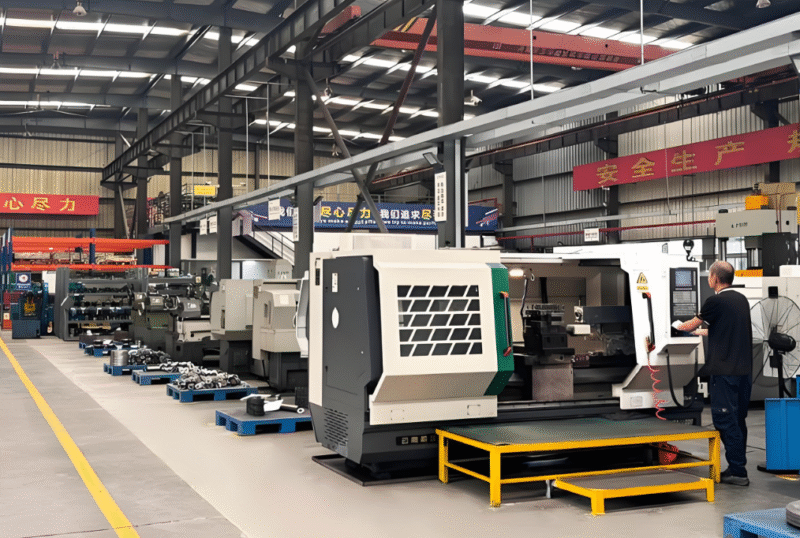
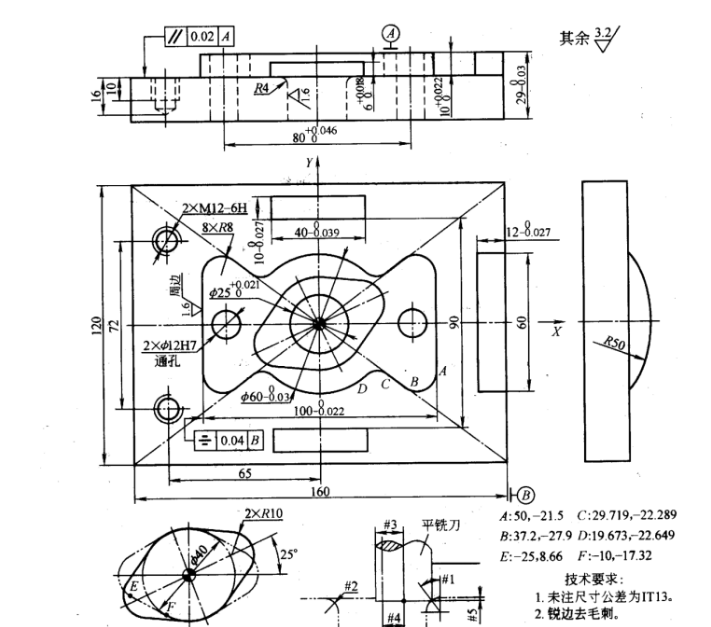
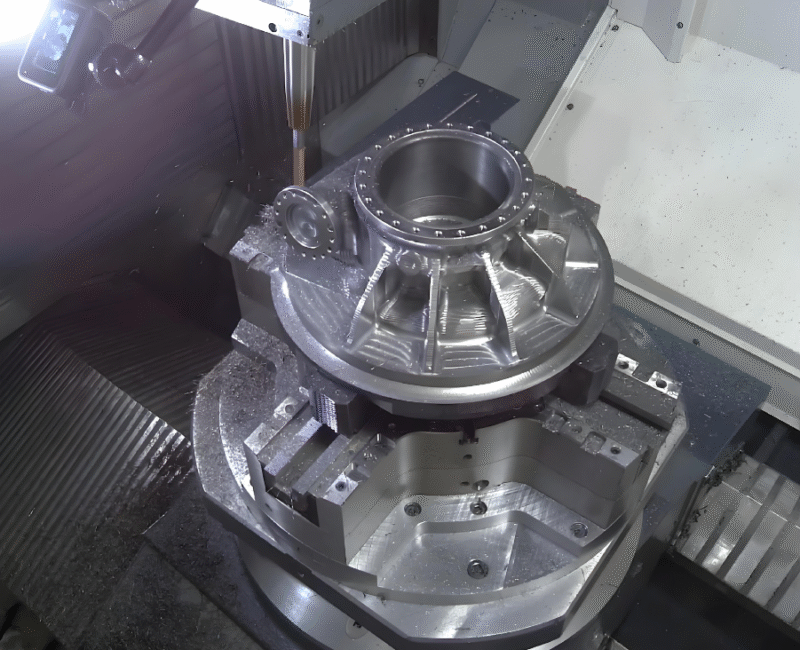

暂无评论内容